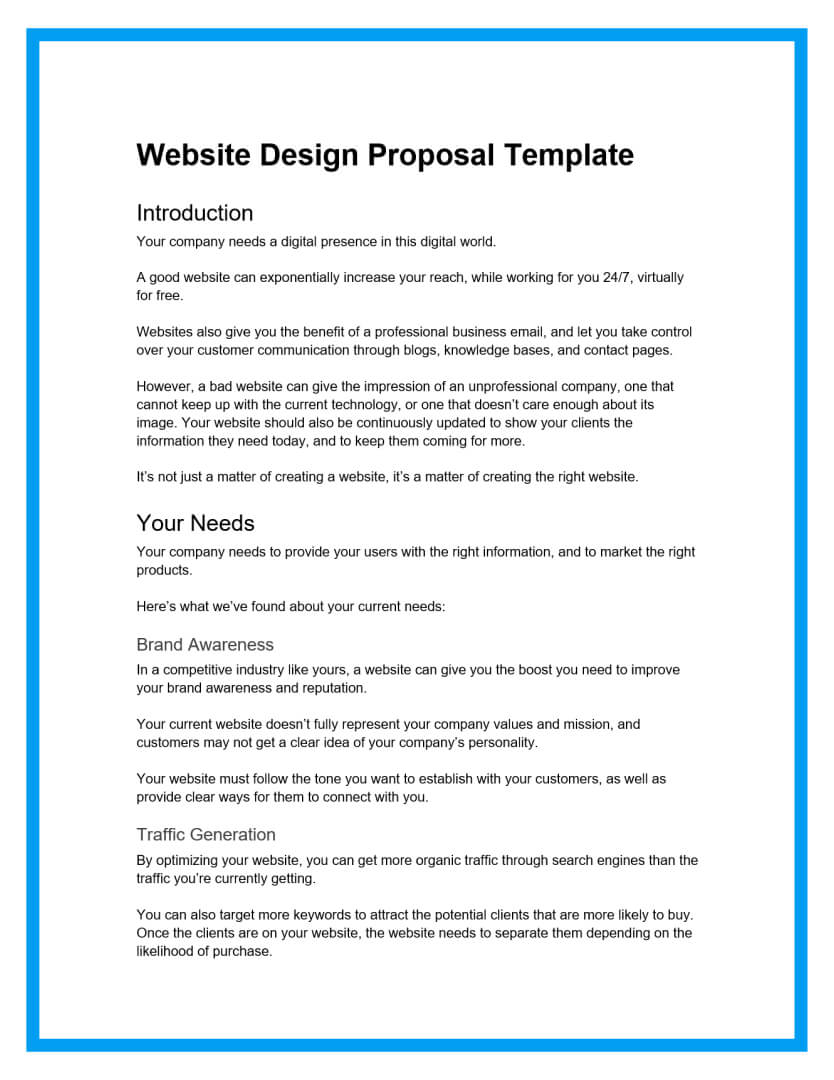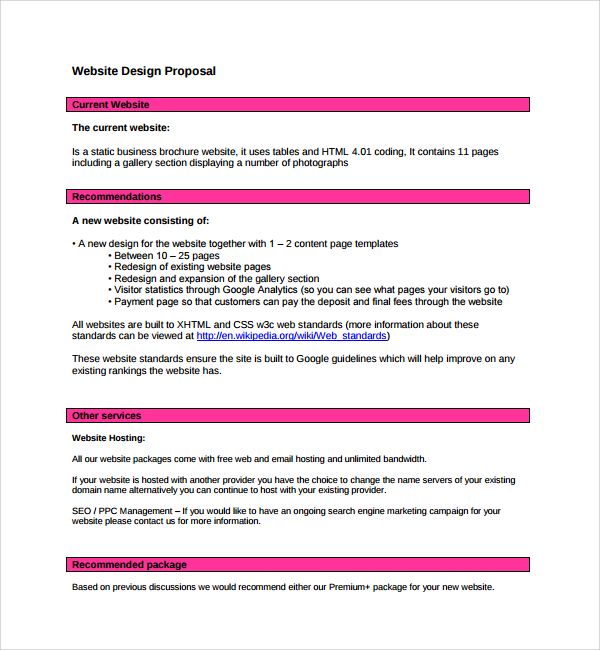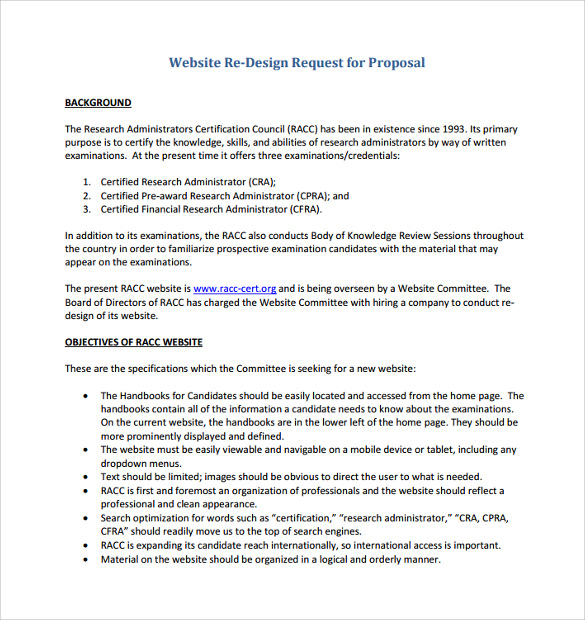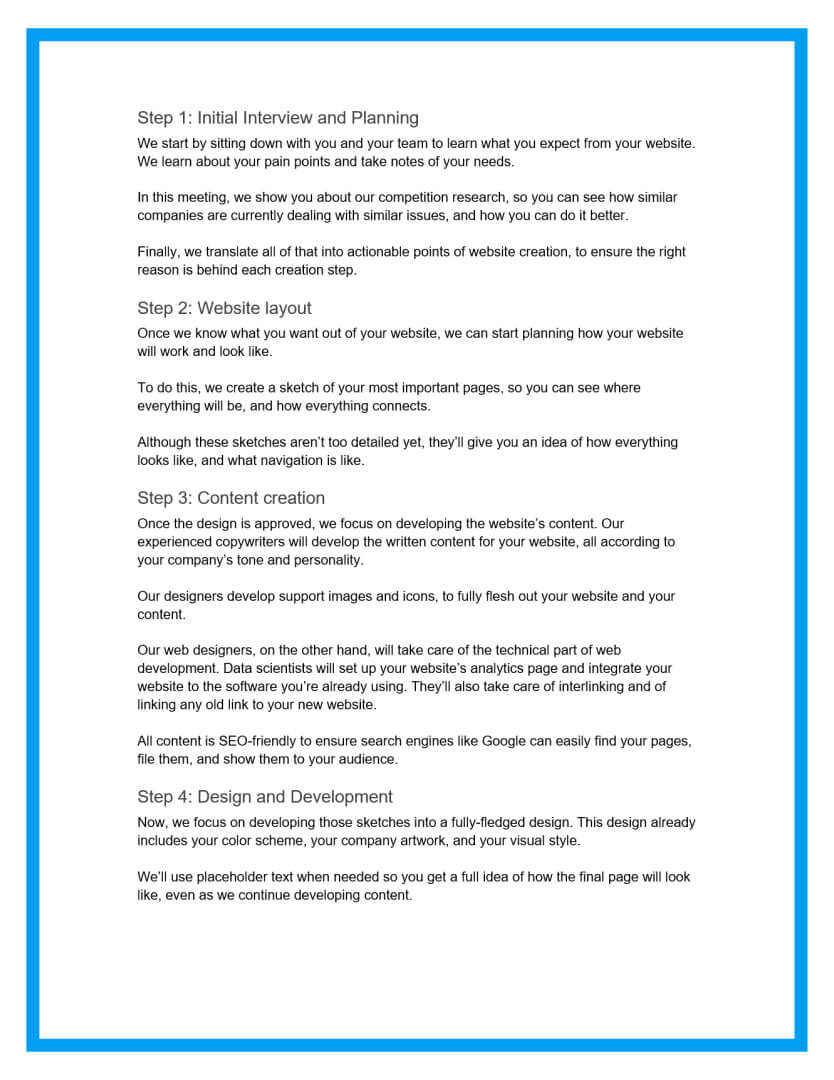
Are you a web designer or developer looking to win more clients and showcase your skills? A website proposal template is an essential tool that can help you streamline the process of pitching your ideas and services to potential clients.
In this guide, we will walk you through everything you need to know about creating a website proposal template that is sure to impress. From understanding the purpose of a website proposal to crafting a compelling proposal, we’ve got you covered.
What is a Website Proposal?
A website proposal template is a document that outlines the details of a web design or development project. It serves as a blueprint for both the client and the web professional, providing a clear understanding of the project’s scope, timeline, and cost. The purpose of a website proposal template is to communicate your ideas, expertise, and pricing to potential clients in a professional and organized manner.
When creating a website proposal template, it is important to consider the specific needs and goals of your client. This will help you tailor your proposal to meet their expectations and increase your chances of winning the project. A well-crafted website proposal template can set you apart from your competition and showcase your skills and expertise.
Why Should You Use a Website Proposal Template?
Using a website proposal template offers several advantages for both web professionals and clients:
- Efficiency: A website proposal template helps you save time by providing a structured format for presenting your ideas and services.
- Consistency: Using a template ensures that all your proposals have a consistent look and feel, making your brand more recognizable and professional.
- Clarity: A well-organized proposal helps clients understand the project’s details, requirements, and deliverables.
- Professionalism: A visually appealing and well-written proposal demonstrates your professionalism and attention to detail.
- Increased chances of winning projects: A compelling website proposal template can help you stand out from the competition and win more projects.




How to Create a Website Proposal
Creating a website proposal template requires careful planning and consideration. Here are the steps you can follow to create an effective website proposal template:
1. Understand the Client’s Needs
The first step in creating a website proposal template is to understand the specific needs and goals of your client. Schedule a meeting or consultation with the client to gather all the necessary information about their business, target audience, and project requirements. This will help you tailor your proposal to meet their expectations and increase your chances of winning the project.
2. Define the Project Scope
Clearly define the scope of the project in your website proposal template. This includes outlining the specific features and functionalities that the website will have, the number of pages, the design elements, and any additional services you will provide (such as SEO or content creation).
3. Set Clear Deliverables and Timeline
Specify the deliverables and timeline for the project in your website proposal template. This includes outlining the number of design concepts or revisions you will provide, the estimated timeline for completion, and any milestones or deadlines that need to be met.
4. Outline the Pricing and Payment Terms
Clearly state the pricing and payment terms in your website proposal template. This includes specifying the total cost of the project, any additional fees or expenses, and the payment schedule (such as a deposit and milestone payments).
5. Showcase Your Expertise and Portfolio
Include a section in your website proposal template where you can showcase your expertise and previous work. This can include testimonials from past clients, case studies, or a portfolio of your best projects. This helps build trust and credibility with potential clients.
6. Customize and Personalize
Customize and personalize your website proposal template for each client. While it is important to have a standardized template, tailoring it to the specific needs and goals of each client shows that you have taken the time to understand their business and requirements.
7. Proofread and Review
Before sending out your website proposal template, make sure to proofread and review it for any errors or inconsistencies. A well-written and error-free proposal demonstrates your attention to detail and professionalism.
8. Follow up and Track
After sending out your website proposal template, make sure to follow up with the client to answer any questions or address any concerns they may have. Use a system or tool to track the status of your proposals, making it easier to follow up and stay organized.
Bottom Line
A website proposal template is an essential tool for web professionals looking to win more clients and showcase their skills. By following the steps outlined in this guide, you can create a compelling website proposal template that will impress potential clients and increase your chances of winning projects. Remember to customize and personalize your template for each client, and always proofread and review it before sending it out. Good luck!
Website Proposal Template – Download